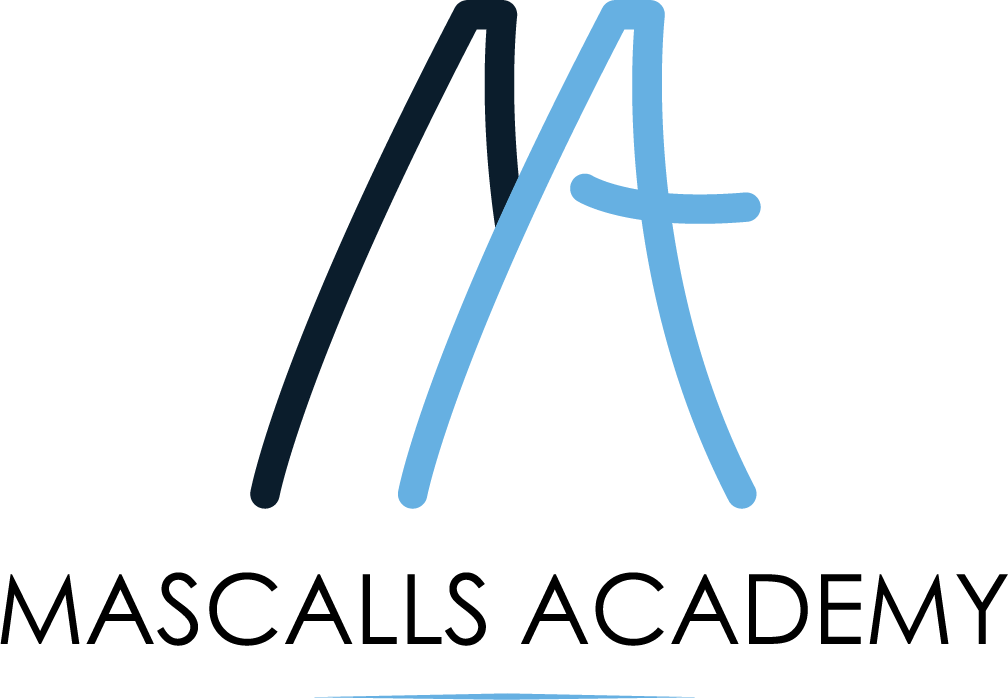Topic 1: Making Generalisations about Number System 1
Place value – Understand place value for integers and decimals. Exchange between place value columns. Experience different representations of place value.
Axioms and arrays – Understand the commutative and associative properties of multiplication. Understand the distributive property through a range of abstract and pictorial representations. Be able to represent and use the distributive property of multiplication over addition and subtraction.
Factors and multiples – Factors, primes and multiples. Square and cube numbers, roots. Representing the structure of number. Establishing the order of operations.
Order of operations – Establishing the order of operations.
Topic 2: Making Generalisations about Number System 2
Positive and negative numbers – Negative numbers in context, absolute value. Using negative numbers with all four operations, additive inverses.
Expressions, equations and inequalities – Writing and simplifying expressions. Recognising equivalent expressions. Forming equations. Forming inequalities.
Statement of Inquiry
To be updated
Key Concept(s)
To be updated
Related Concept(s)
To be updated
Topic 1: 2D Geometry
Angles – Measuring and drawing angles. Angles on a straight line and around a point. Angles in parallel lines. Creating equations from angle facts.
Classifying 2D Shapes – Classifying polygons according to their properties. Rotational and line symmetry. Internal angle sum of triangles and quadrilaterals.
Constructing triangles – Be able to use compasses to construct a triangle using SSS, SAS and ASA. Identify if a triangle can be construct or not.
Topic 2: Fractions
Primes, factors and multiples – Prime factor decomposition. LCM and HCF. Square roots and cube roots.
Fractions – Equivalent fractions. Converting between fractions and decimals. Recurring decimals. Multiply and divide fractions. Fractions of amounts. Mixed numbers and improper fractions. Addition and subtraction of fractions.
Statement of Inquiry
To be updated
Key Concept(s)
To be updated
Related Concept(s)
To be updated
Topic 1: Ratio and Proportion
Ratio – Ratio notation. Understand the relationship between ratio and fractions. Working with ratios and quantities.
Percentages – Equivalence to fractions and decimal fractions. Percentage of an amount. Percentage increase and decrease. Finding the original amount. Using percentages, fractions and decimals in different contexts including probability.
Topic 2: The Cartesian Plane
Coordinates – Plotting points in all four quadrants. Horizontal and vertical lines. Midpoints of line segments. Problem solving on a coordinate grid.
Area of 2D Shapes – Area of triangles and quadrilaterals. Formulae and solving equations.
Transforming 2-D figures – Translation, rotation and reflection of an object on a cartesian plane. Enlargement by a positive scale factor.
Statement of Inquiry
To be updated
Key Concept(s)
To be updated
Related Concept(s)
To be updated


